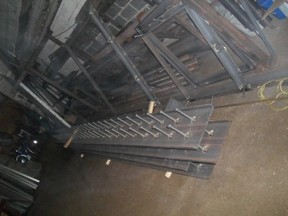 Fabrication is a process of manufacturing that often involves cutting, shaping, and welding steel or iron. The end result is the creation of structures that fit in a building being constructed or fit in with completed building as parts of ancillaries. The examples of the former are used in making prefabricated structures that accord a sound foundation to a building. The latter acts as parts of a building like a staircase, windows, doors, gates, grills, and so on. Metal fabricators use lightweight high tensile structural sheets in many forms for the output.
Fabrication is a process of manufacturing that often involves cutting, shaping, and welding steel or iron. The end result is the creation of structures that fit in a building being constructed or fit in with completed building as parts of ancillaries. The examples of the former are used in making prefabricated structures that accord a sound foundation to a building. The latter acts as parts of a building like a staircase, windows, doors, gates, grills, and so on. Metal fabricators use lightweight high tensile structural sheets in many forms for the output.
But fabrication is not as simple as is spelled out here. A large number of processes are involved under the expertise and sophisticated machinery to create these products that are eventually assembled into the building. This takes place in a well-equipped fab shop laced with experts and skilled technicians in order to give the desired shape pertaining to quality as desired.
The prefabricated parts or building blocks are transported to the site and then erected under an installation process. Hence the fab shops specialize as fabricators as well installers during the construction process.


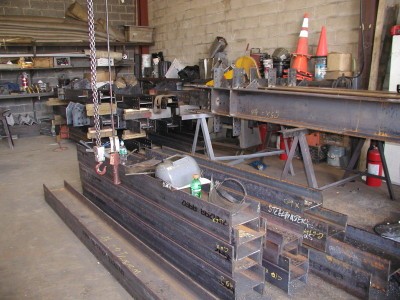
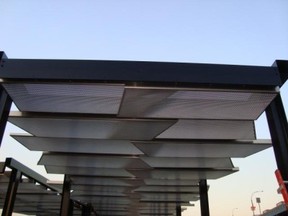 Structural steel is a lightweight alloy used in the fabrication of building structures and parts. The physical attributes make it an ideal material to shape out structures and parts used in construction. Because of high tensile and compression strength along with ductility, it is much preferred. However, this material may be composed of different materials along with steel in order to vary its properties. This is used in industrial and commercial construction all over the World.
Structural steel is a lightweight alloy used in the fabrication of building structures and parts. The physical attributes make it an ideal material to shape out structures and parts used in construction. Because of high tensile and compression strength along with ductility, it is much preferred. However, this material may be composed of different materials along with steel in order to vary its properties. This is used in industrial and commercial construction all over the World.  Fabrication is a process of manufacturing that often involves cutting, shaping, and welding steel or iron. The end result is the creation of structures that fit in a building being constructed or fit in with completed building as parts of ancillaries. The examples of the former are used in making prefabricated structures that accord a sound foundation to a building. The latter acts as parts of a building like a staircase, windows, doors, gates, grills, and so on. Metal fabricators use lightweight high tensile structural sheets in many forms for the output.
Fabrication is a process of manufacturing that often involves cutting, shaping, and welding steel or iron. The end result is the creation of structures that fit in a building being constructed or fit in with completed building as parts of ancillaries. The examples of the former are used in making prefabricated structures that accord a sound foundation to a building. The latter acts as parts of a building like a staircase, windows, doors, gates, grills, and so on. Metal fabricators use lightweight high tensile structural sheets in many forms for the output. 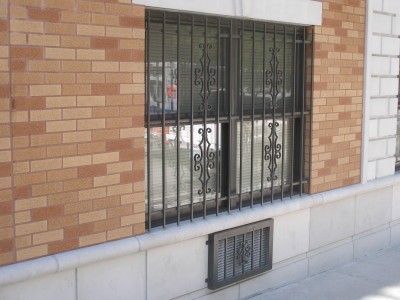
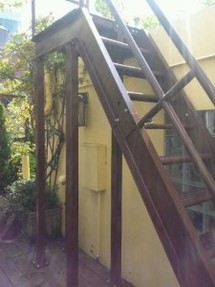 There is a long list of building blocks or products that can be fabricated and installed. The blocks constitute columns, posts, support, and curved beams and canopies. Some of the examples of parts are commercial staircase, railings, girds, gates, windows, walls, roofs. The products have to conform to certain quality standards in order to accord desired functions and long-lasting strength to the final creation. The professional steel fabricators are also commercial building specialists. They are leading fabricators and installers besides these companies also provide repair services.
There is a long list of building blocks or products that can be fabricated and installed. The blocks constitute columns, posts, support, and curved beams and canopies. Some of the examples of parts are commercial staircase, railings, girds, gates, windows, walls, roofs. The products have to conform to certain quality standards in order to accord desired functions and long-lasting strength to the final creation. The professional steel fabricators are also commercial building specialists. They are leading fabricators and installers besides these companies also provide repair services. 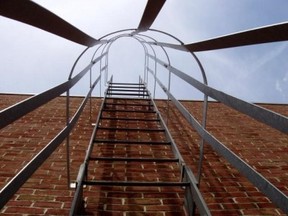
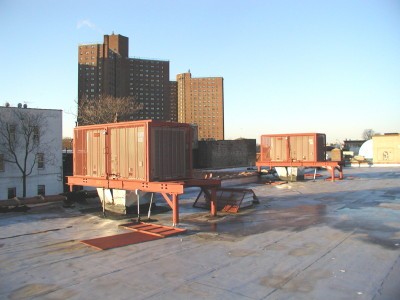



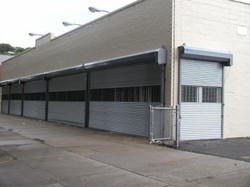

 Full Day Safari in Bandhavgarhon 08/29/2023
Full Day Safari in Bandhavgarhon 08/29/2023
 SEO Campaign: Website Overhaulon 02/13/2023
SEO Campaign: Website Overhaulon 02/13/2023
 Indian Food It Is Not All Curryon 02/08/2023
Indian Food It Is Not All Curryon 02/08/2023
 How Tiger Tourism is Organized in India?on 02/07/2023
How Tiger Tourism is Organized in India?on 02/07/2023



Comments
In re-visiting your article after reading elsewhere about the first all-steel residential building in India, two questions come to mind.
Do you know how well Restello, designed by Piercy Conher Architects of UK for Bengal Shrachi Housing Development in Kolkata, is regarded? Do you know of any other all-steel residential buildings in the Indian subcontinent?
The article that I read is titled India's First All- Steel Residential Building, for The Tribune of Chandigarh, from 2016.
Sorry for late reply. The training is usually passed off hand to hand. But there are institutes catering to small scale industry that impart the skills and usually a diploma is awarded. Thanks for the comment.
pateluday, What is the preferred or required training of steel fabricators? Is there any kind of certification or continuing education or testing?